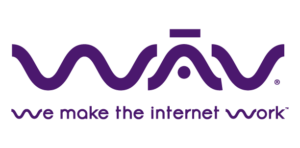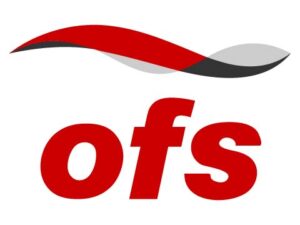August 4 - 6, 2025
Sheraton Downtown Denver Hotel
Denver Colorado
Why Attend Mountain Connect?
Unequaled Learning Opportunities
Attending Mountain Connect in 2025 is your opportunity to stay ahead in a rapidly evolving broadband world. With cutting edge insights, unparalleled networking opportunities, and transformative experiences, this is the event you can’t afford to miss.
With 1500 attendees from around the US and beyond, gain access to:
- Expert-Led Sessions: Learn from BEAD SBOs, industry leaders and innovators.
- Emerging Trends: Be the first to hear about groundbreaking advancements shaping the industry.
- Networking Opportunities: Connect with industry leaders, peers, and influence policy makers at all levels.
Drive Professional and Personal Growth
By attending, you will:
- Be Inspired: Walk away with fresh ideas.
- Gain Recognition: Position yourself as an industry thought leader.
- Advance Your Career: Obtain knowledge and skills to boost your expertise.
- Acquire Partners: Find new solution providers for joint ventures and projects.
Register now and take your future to the next level!
Why Sponsor or Exhibit at Mountain Connect
Mountain Connect brings together the best and brightest of our industry.
As we shape the future, don’t be left out.
- Showcase and promote your brand through cultivated opportunities to connect with customers and potential partners.
- Influence decision makers, potential customers and industry influencers across the entire broadband ecosystem.
- For our Exhibitors, we build our conference around our Exhibit Hall to increase foot traffic and networking opportunities.
Featured 2024 Sponsors & Exhibitors












Testimonials
Here's What People Are Saying About Mountain Connect
“Mountain Connect has the best lineup of speakers… amazing job on the agenda. Top notch! Great sessions and great attendance from all the states”
~ Fiber Broadband Association
“I love the fact that I can go to work sessions or spend time with vendors. I love the flexibility of the conference.”
~ Coop
“Quickly becoming one of my favorite tradeshows to attend each year. From a vendor perspective, it's well attended by decision makers and influencers alike, which makes our investment and efforts very worthwhile.”
~ Exhibitor
“Mountain Connect has the best lineup of speakers… amazing job on the agenda. Top notch! Great sessions and great attendance from all the states”
~ Fiber Broadband Association
“I love the fact that I can go to work sessions or spend time with vendors. I love the flexibility of the conference.”
~ Coop
“Quickly becoming one of my favorite tradeshows to attend each year. From a vendor perspective, it's well attended by decision makers and influencers alike, which makes our investment and efforts very worthwhile.”
~ Exhibitor
“Mountain Connect has the best lineup of speakers… amazing job on the agenda. Top notch! Great sessions and great attendance from all the states”
~ Fiber Broadband Association
“I love the fact that I can go to work sessions or spend time with vendors. I love the flexibility of the conference.”
~ Coop
“Quickly becoming one of my favorite tradeshows to attend each year. From a vendor perspective, it's well attended by decision makers and influencers alike, which makes our investment and efforts very worthwhile.”
~ Exhibitor
The 2025 conference will include a Broadband Equity, Access & Deployment (BEAD) track as well as Community Development, Case Studies, and Emerging Technologies tracks.
The following are our confirmed speakers to-date.
Managing Director of Caruso Ventures; founding CEO / Chairman of Zayo Group; Host of The Bear Roars podcast; and Author of Bandwidth; 3 Exits over $14 billion
International Survivors and Families Empowered (iSAFE): Executive Director/Founder
